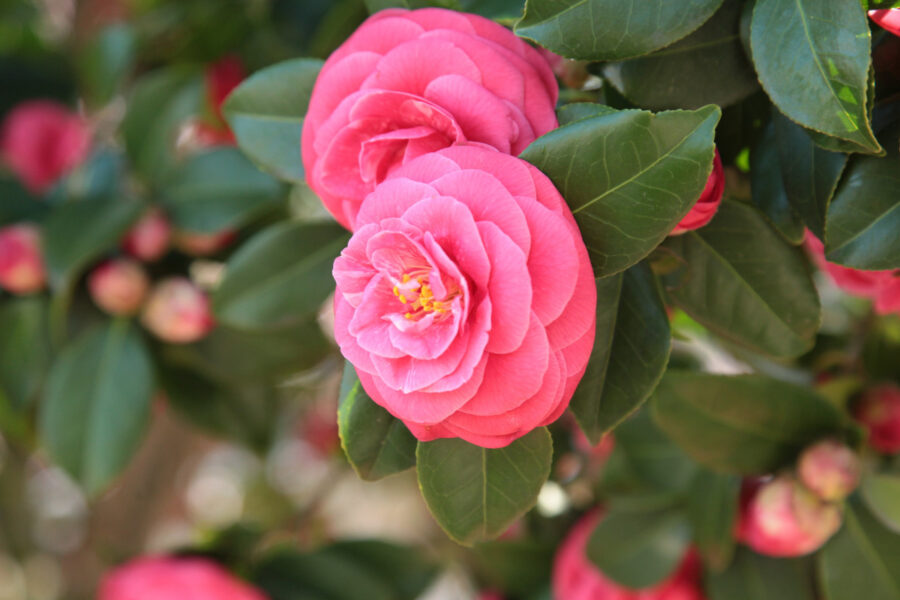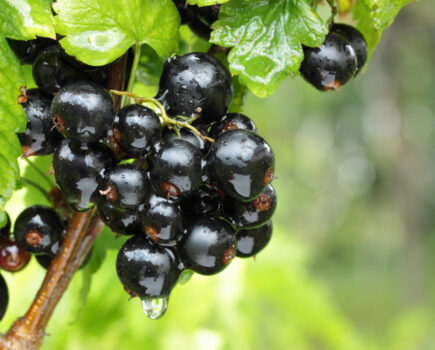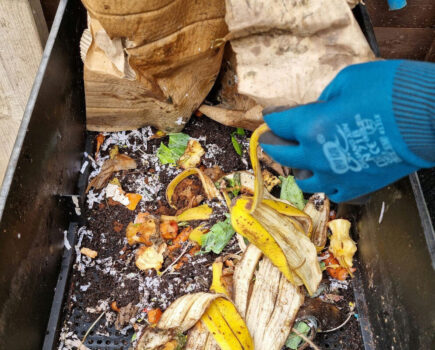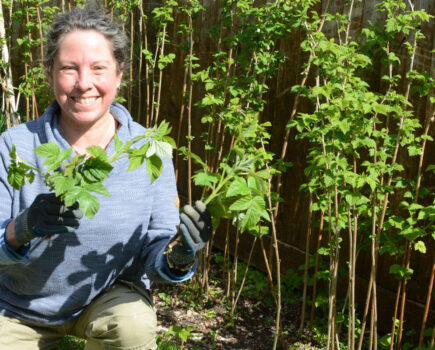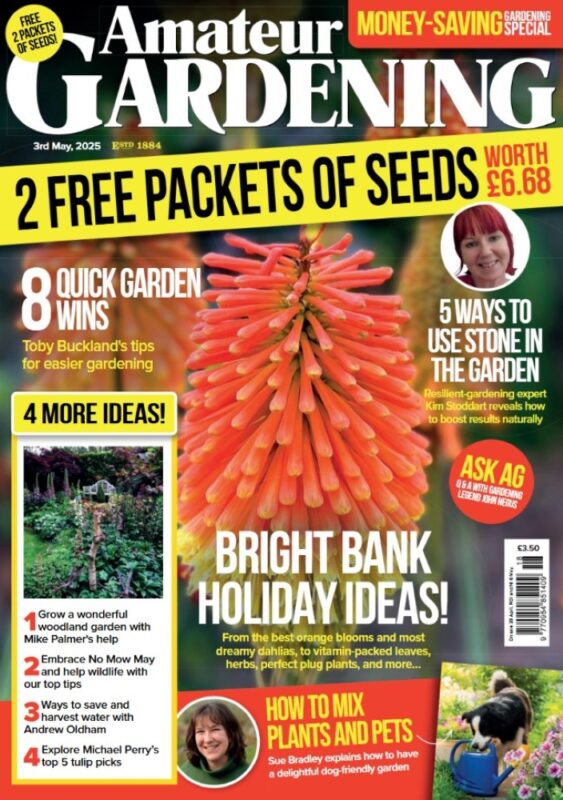Liz Zorab urges you to plan ahead to fill your garden with colour and scent through the darkest days ahead
By the time we reach the winter solstice and the daylight hours dip to their lowest, it can be hard to find much in the garden that brings sunshine. But with a little planning, there are ways to find colour, interest and cheerful flowers to lift your mood and enhance your surroundings over the weeks ahead.
I like to create an all-natural wreath for the door and garland for the mantelpiece. I use willow stems as a base and tie bunches of foliage to that framework and include berries and seed heads for additional interest. The windowsills are decorated with jugs of stems, mostly bare, onto which I can hang baubles. They never stay in place long, because our cats like to play with them, but even that brings joy in its own way.
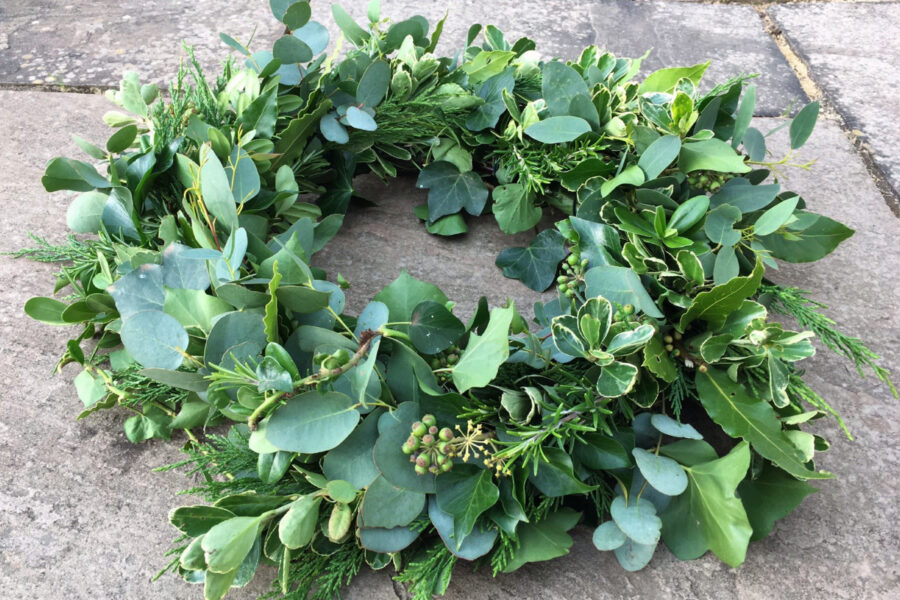
Here are a few plants that bring me joy in the depths of winter.
Salvia elegans
Pineapple sage gets its common name from the highly fragranced leaves. This is a tender plant from South America, so will need protection from frost. From November onwards, intense red flowers are produced. I grow it in a large pot which I take into the polytunnel before the first frosts, a greenhouse or conservatory would also provide sufficient protection. Most years, the coldest night temperatures knock back the growth and I look at the plant thinking that it has died. But then in spring, new growth appears.
The plant grows to 100cm height and 75cm spread (3ftx29.5in) and it is easy to propagate from softwood cuttings.
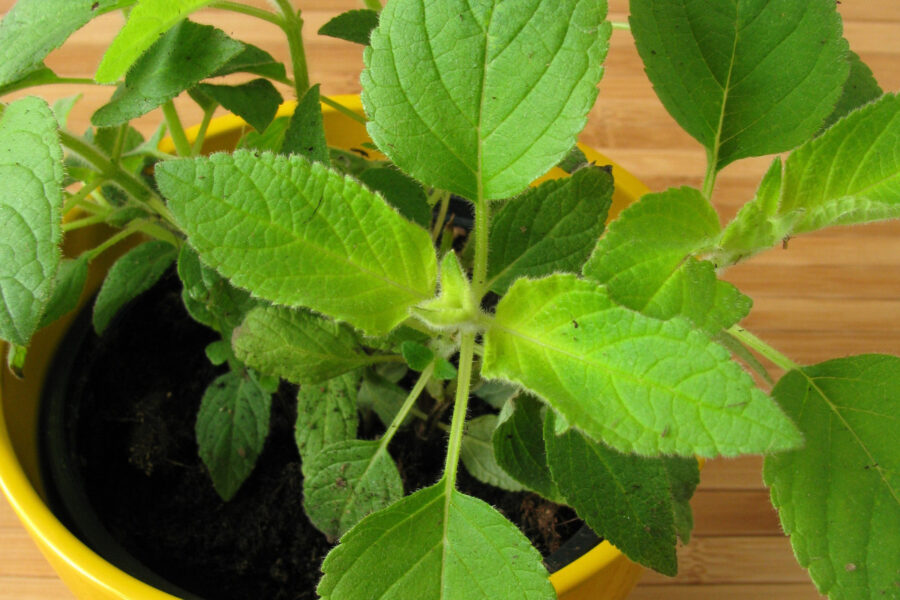
Coronilla valentina subsp. glauca ‘Citrina’
I recommend this lovely climbing shrub on a regular basis and for good reason. Its cheerful yellow flowers appear during the coldest months of the year and it often continues to flower until spring. The lemony floral fragrance fills the air around it. Usual height 1-1.2m and 1.2m spread (3-4ftx4ft).
The evergreen leaves are a blue-grey green and contrast well with the flowers. Coronilla valentina subsp. glauca ‘Citrina’ requires full sun and a sheltered position and is hardy across most of the UK. It may suffer in temperatures below -10C, but the one in our previous garden survived the ‘Beast from the East’ of 2018
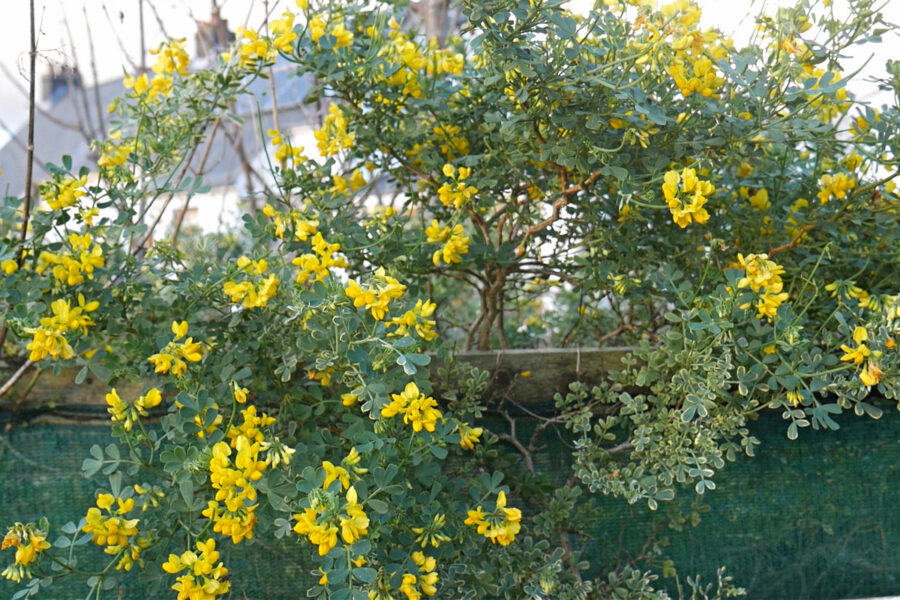
Dipsacus fullonum
As a child, I knew teasels in the form of gold or silver sprayed seed heads that were used in table centre decorations. Nowadays I prefer them in their natural colour, both in the house and in the garden. The biennial plants can grow a mounded rosette of leaves the first year and during the second year, produce flower stems up to 3m tall (10ft).
The tiny flowers appear in rings around the flower head and the seed heads remain throughout the winter, providing food for wild birds.
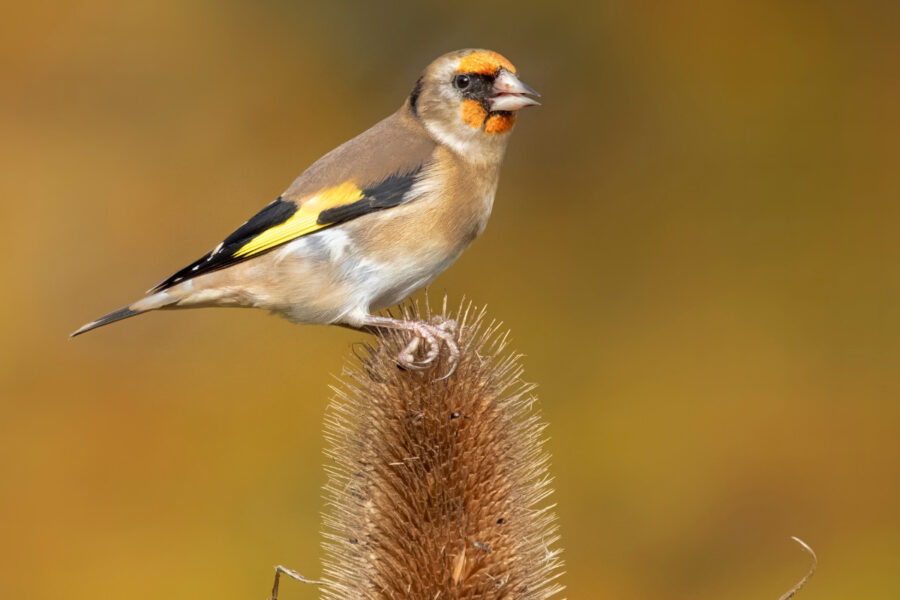
Hamamelis
Witch hazels have distinctive flowers with clusters of ribbon-like petals that appear on bare stems. Most well-known are clear bright yellows, but there are varieties with rich reds, fiery oranges and combinations of these colours.
I grow witch hazel furthest away from the house, to encourage me to walk around the garden to seek out the flowers and fragrance, but growing Hamamelis closer to your home will allow you to enjoy it as you go in and out of the door, or to view it through a window even on cold, rainy days.
It grows to 2.5m-5m (8-16ft) height and spread. They will fail to thrive on chalky and alkaline soils and where possible, shelter from harsh winds.
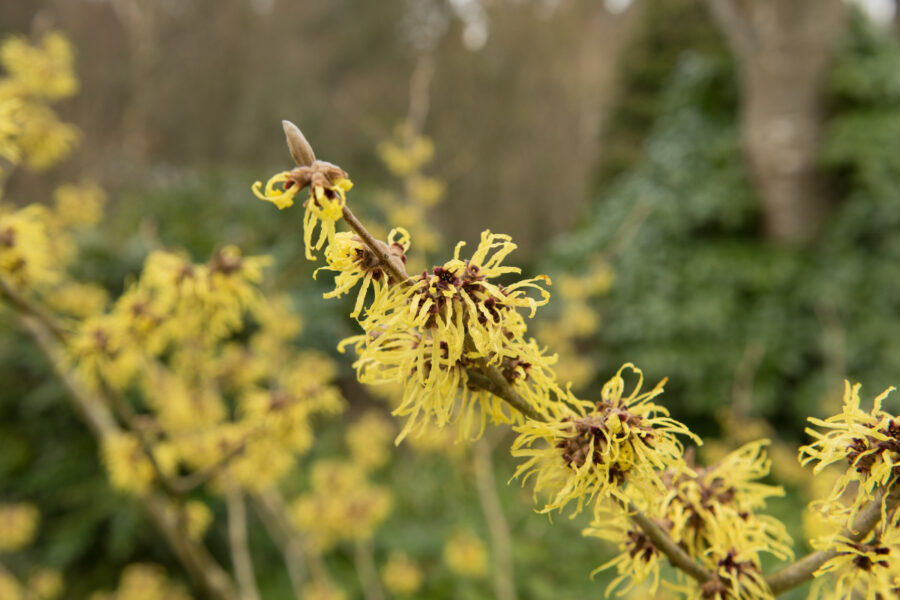
Cyclamen
I think cyclamen are often underrated. Their distinctive, delicate-looking flowers sit on top of short stems above the soil or carpet of leaves. Flower colours range from white, pink, red through to purple. Choose a hardy variety for growing in the garden. For winter flowers, select Cyclamen coum varieties. I spotted this red and white cyclamen from the ‘Fantasia series’ last year on a visit to a community garden in east London. Height 8cm-20cm (3-8in) and spread 10cm-20cm (4-8in).
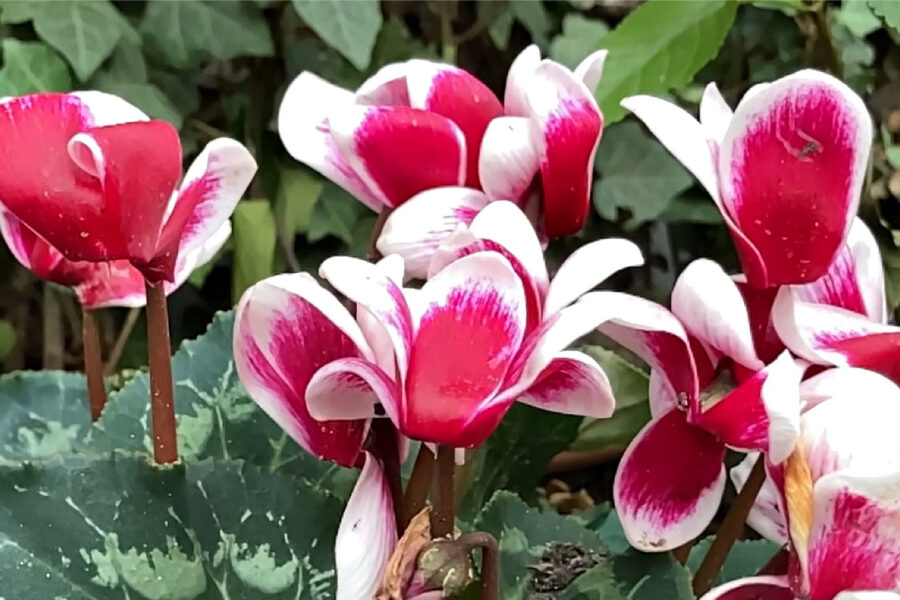
Camellia japonica ‘Pink Perfection’
Whether you grow an autumn and winter flowering camellia or the slightly more robust spring flowering varieties, the flowers are a joy.
I’ve grown ‘Pink Perfection’ which has double flowers in a bright mid pink. Although I’ve seen it advertised as flowering in early to mid spring, at our home in Monmouthshire it flowered from mid-December onwards.
The evergreen plants have glossy mid to dark green leaves and grow to 240cm height and 180cm spread (7.8x5ft). They prefer acid or alkaline soils and are hardy in most parts of the UK. Plant it in a sheltered spot to protect from strong winds and avoid early morning sun and harsh afternoon sun.
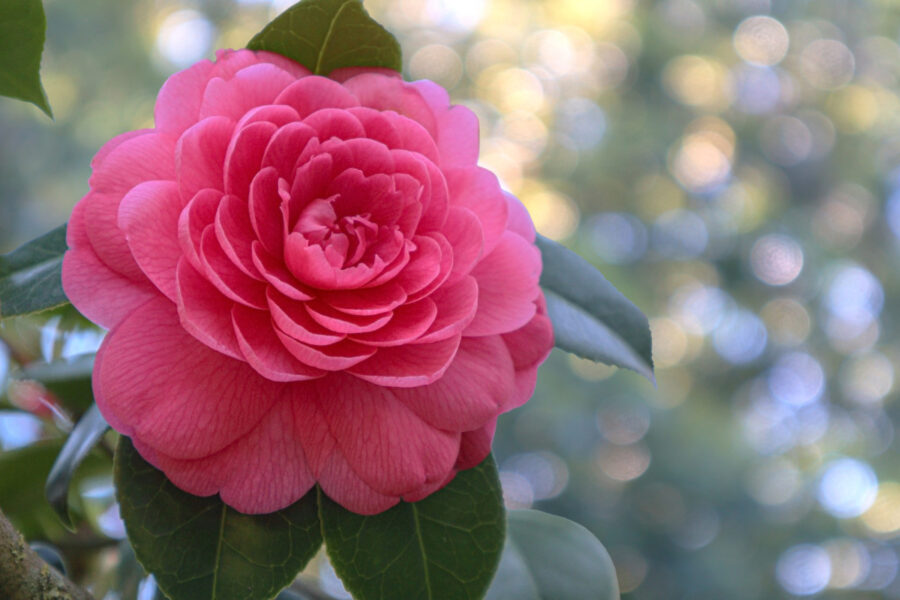
Find more tips, advice and articles like this at the Amateur Gardening website. Subscribe to Amateur Gardening magazine now

